Just as the rumors were flying about a Canon EOS R1, the camera giant decided to throw a curveball by announcing the development of the Canon EOS R3.
Canon has said that the EOS R3 will be a "high-performance professional camera" that will introduce a "new category to the EOS R system". So what does that mean for the rumored Canon EOS R1?
Luckily, it sounds like we're going to get both cameras, eventually. According to Canon Rumors , we will eventually see a Canon EOS R1 flagship, with the warning that you shouldn't "be putting money away for it right now" as "it's not coming soon".
The reason for this is because the Canon EOS R3, which officially sits between the Canon EOS R5 and Canon EOS 1D X Mark III, is the mirrorless sports camera that will be Canon's main focus ahead of the Tokyo Olympics.
However, Canon has also been keen to point out that the EOS R3 isn't its flagship camera, which potentially leaves a hole for the Canon EOS R1 to fill either later this year or in 2022.
And with rumors suggesting features like Quad Pixel AF and even a global shutter, it could well be worth waiting for. Here's everything we know so far about the Canon EOS R1, along with our analysis of how it's shaping up compared to its potential rival, the Sony A1.
- Read our in-depth Canon EOS R5 review
Canon EOS R1 release date and price
- Rumored to be in the pipeline but "not coming soon"
- No leaked pricing yet, but will likely be in the Sony A1's ballpark
- The Sony A1 costs $6,500 / £6,500 / AU$10,500
Back in January 2021, speculation from Canon Rumors had pointed to the Canon EOS R1 arriving "sometime in the second half of 2021". But with the arrival of the Canon EOS R3's development announcement, those estimates have now been pushed back.
More recently, Canon Rumors has suggested that the EOS R1 is still en route, but that "it's not coming soon". This makes sense, as the Canon EOS R3 – a mirrorless sports camera – is likely to be Canon's focus before and throughout the Tokyo Olympics, which kick off in July.
Given the early specs for the EOS R3, it could well end up being Canon's biggest launch for 2021, which would push the Canon EOS R1 back to 2022. But this is all just speculation at this stage.
Naturally, ultra-high performance and new tech likely won't come cheap. There has been no leaked pricing yet, but we don’t expect to see the Canon EOS R1 sell for less than the Canon 1D X Mark III or Sony Alpha A1 – which would mean a price tag of at least $6,500 / £6,500 / AU$10,500.
It's strange to think that the Canon EOS R5 seemed pricey when it arrived for $3,899 / £4,199 / AU$6,899 in July 2020, but it seems the A1's price is now the watermark for a no-compromise hybrid camera that's designed for professional stills and video.
Canon EOS R1: will it have a global shutter?
- Canon EOS R1 is strongly rumored to feature a global shutter
- This would help eliminate rolling shutter distortion issues
- But the challenges associated with global shutters mean it's not certain
Right now, the rumors are predicting that the Canon EOS R1 will use a global shutter. This helps eliminates the distortion caused by movement when shooting with the alternative, a rolling shutter.
DSLRs use a rolling electronic shutter when shooting video, or stills in Live View. Mirrorless cameras use a rolling shutter most of the time, unless they are using a mechanical shutter mode. And in both cases, DSLRs and mirrorless cameras still use a rolling shutter behind the scenes.
A rolling shutter 'reads' the sensor a line of pixels at a time, from top to bottom. It happens very quickly, but not quickly enough to avoid distortions in fast motion. By the time the read-out reaches the bottom of the sensor, the real-world state of the object you’re shooting has changed, resulting in some odd-looking distortions in the final image frame.
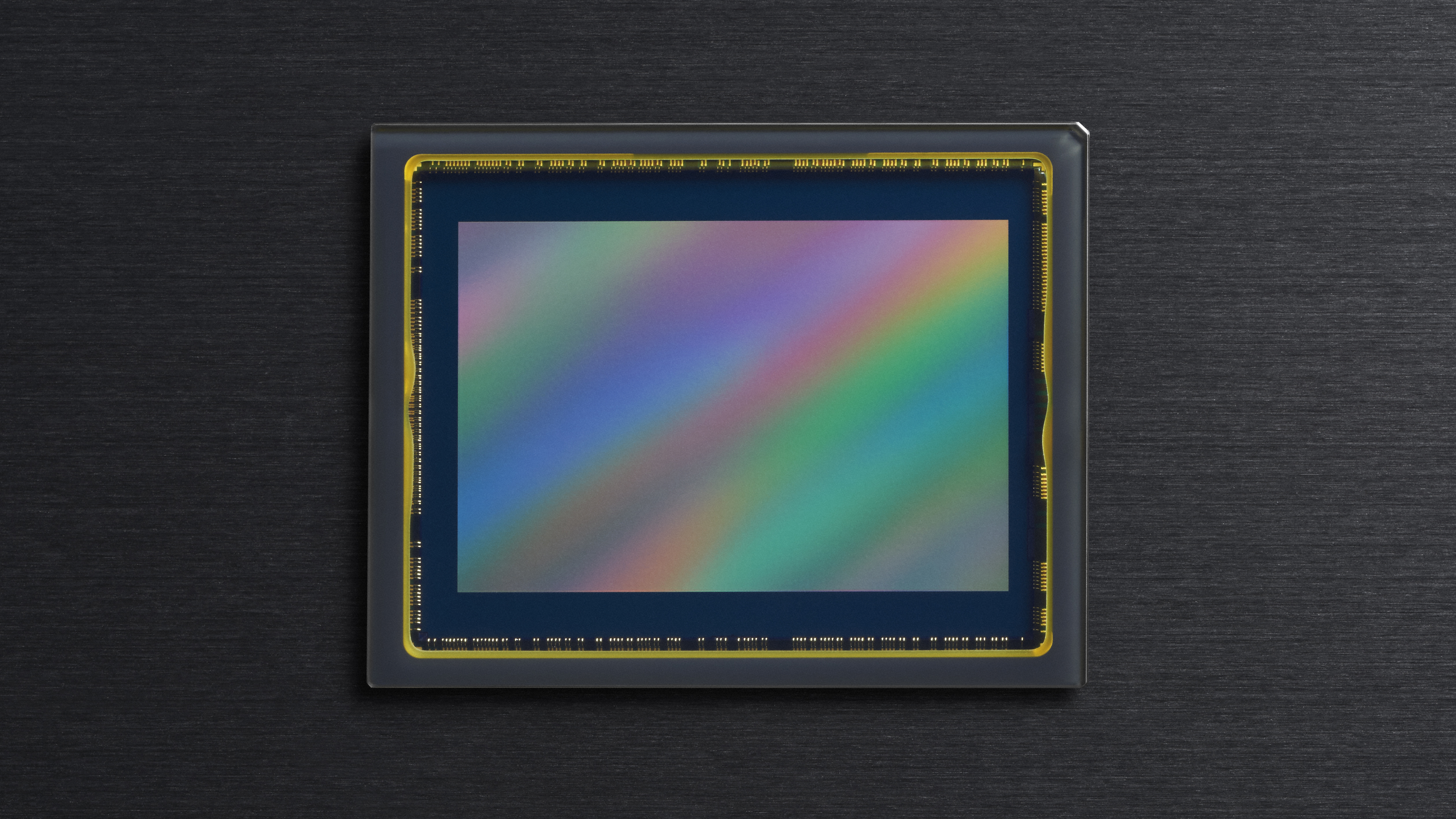
Unlike a rolling shutter, which reads the camera sensor a line of pixels at a time, from top to bottom, a global shutter captures the information from all of the sensor’s pixels (or photodiodes) at the same time. This can help eliminate the image distortion associated with rolling shutters (think skewed buildings), which is why a global shutter is used in some high-end video cameras. But they do also come with associated issues, such as lower native sensitivity.
Skyscrapers can become bent in panned footage, and if the sensor read-out syncs-up with fast motion you can end up with helicopter rotor blades that appear entirely static in video, or wildly distorted in stills.
This kind of distortion is less noticeable in stills when using a mechanical shutter, because the shutter becomes the factor controlling what the sensor sees. It doesn’t matter if the rolling shutter is slower when a physical “wall” effectively controls the exposure.
The Canon EOS R1’s proposed global shutter captures the information from all the sensor’s pixels, all their photodiodes, at the same time. Rolling shutter image distortion is eliminated completely, which is why a global shutter is used in some high-end video cameras, like the Canon EOS C700 GS PL and Red Komodo.
Sounds perfect, right? But a global shutter does introduce some issues.
The first is fairly easy to understand. Using a standard rolling shutter, the camera has to handle a stream of data that is offloaded to a buffer, a very fast memory 'chip' that holds the information before it is processed and transferred to your storage, your memory card.
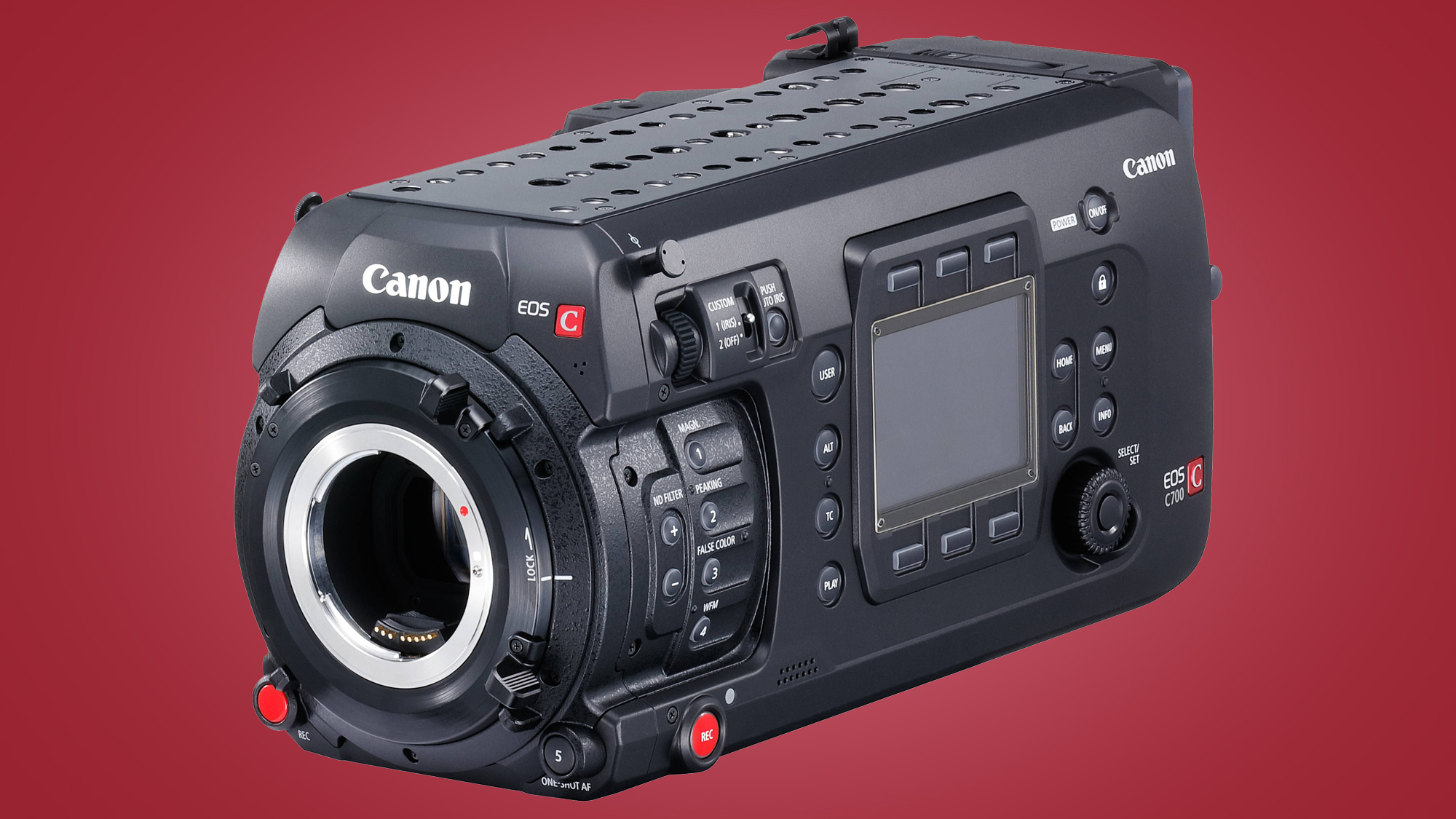
A global shutter puts a lot more pressure on this pipeline, because it needs to be able to handle the entire sensor’s data load in an instant. The sensor’s design is also dramatically more involved, because extra transistors are needed on the chip to actually wire up the lines of pixels so they can be read simultaneously and sent to the buffer.
And that demand for bandwidth only increases with the sensor resolution and maximum burst frame rate.
There's another issue that the Canon EOS R1 would need to handle. Global shutter sensors have lower native sensitivity. Or, looking from another angle, lower native dynamic range and greater image noise. This is in part because of the additional wiring required on-chip, which reduces the available light-sensitive area on each photosite. Current global shutter sensors have a lower 'Fill Factor', to use the technical term.
In a global shutter, the sensor’s photodiodes are also reset after the exposure, to discharge them. The entire sensor is put in an “off” state, where this can occur line-by-line in a rolling shutter, allowing for continuous sensor read-out where required.
A technique called CDS (correlated double sampling) can be used to offset any residual charge in the sensor’s photodiodes in a global shutter. This involves taking another sensor read-out in its 'off' state. You take the 'on' state reading, subtract the 'off' state reading from it as noise.
Of course, this introduces more problems for the Canon EOS R1. Each sensor has a maximum sensor read-out rate. By using half of these read-outs for the CDS process, you halve your actual frame rate and double the amount of data the buffer and processor have to handle in a very short period of time.
It’s no wonder global shutter cameras are so expensive – these things sound like a headache. Which means that, despite the rumors, it's certainly not a foregone conclusion that the EOS R1 will have a global shutter. Canon may instead play it safe by using the 45MP sensor seen in the Canon EOS R5.
- Check out our guide to the best mirrorless cameras in the world
Autofocus: Groundbreaking Quad Pixel AF expected
- Canon EOS R1 expected to have new Quad Pixel AF system
- This could allow for enhanced AF across both horizontal and vertical axes
- Should improve focusing on subjects whose edge is parallel to your camera
Autofocus is one other area in which the Canon EOS R1 is likely to be groundbreaking. In late 2020, we saw patents detailing a Quad Pixel AF system that promises to level-up autofocus performance.
Canon’s current AF system for mirrorless cameras is Dual Pixel AF. This is phase detection for mirrorless cameras, which don’t have the separate phase-detect AF modules seen in traditional DSLRs.
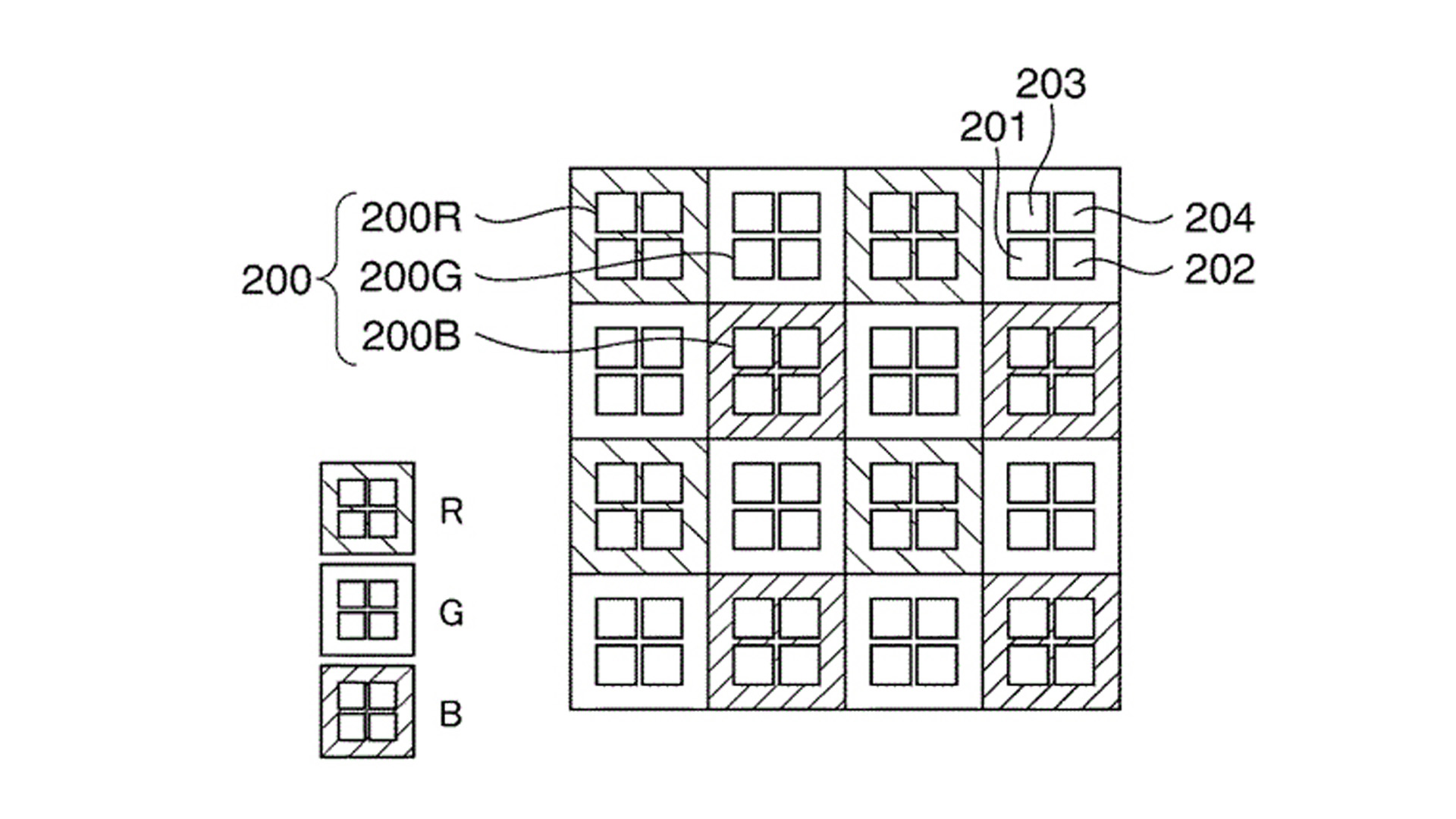
Sensor sub-pixels are split up into two photodiodes, the read-out of which can be compared. The nearer they are to identical, the closer the camera is to a perfect focus, because these light sensors sit right next to each other.
However, in a Dual Pixel AF arrangement these photodiodes sit side-by-side horizontally, so focus is always assessed on that plane. If the Canon EOS R1 has this proposed Quad Pixel AF system, it will have four photodiodes per sub-pixel. These are arranged in a 2x2 grid, letting phase detection do its thing across the horizontal and vertical axes.
Add that to Canon’s latest (and no-doubt newly improved) Eye, Face and Animal-tracking algorithms, and you’ll likely have world-class AF performance in the same ballpark as Sony's Real-time Tracking AF.
Design: Bigger battery, bigger body?
The Canon EOS R1 is likely to have a larger body, and much larger battery, than the Canon EOS R5. This isn’t just down to the tech it has to fit in, but also its role as a hybrid powerhouse.
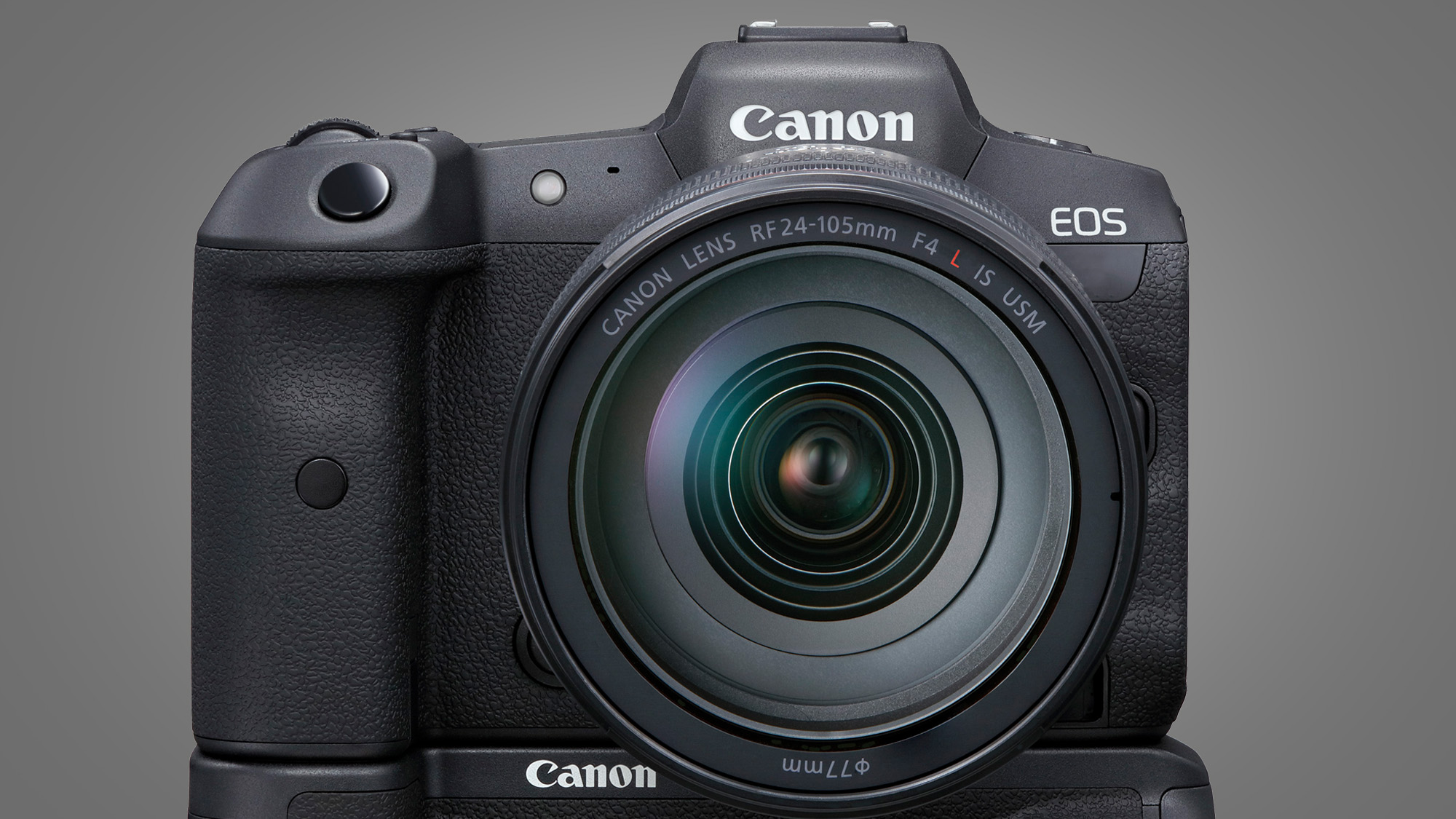
We expect to see a built-in vertical battery grip and contours designed to balance the weight of heavy lenses. That means a sizable hand grip and relatively high body weight.
Sensor: What’s the EOS R1's expected resolution?
- Currently no real consensus on what the Canon EOS R1's resolution will be
- Possibilities include a 45MP, 21MP or even a 90MP sensor
- The latter could now be more likely, depending on the EOS R3's resolution
The rumor mill can’t quite decide on what sensor resolution we will get with the Canon EOS R1.
Some suggest it will have a 45MP sensor, similar to the Canon EOS R5, which in turn would see it close to the Sony A1. Other sites think it will have a sensor in the region of 21MP. There are even some slightly more optimistic suggestions the Canon EOS R1 could have a 90MP sensor with a 300MP pixel shift shooting mode.
That last one wouldn't make much sense if the Canon EOS R1 was a sports camera. But given that role appears to have been filled by the Canon EOS R3, it's possible the R1 will be Canon's high-resolution model.
Either way, it now seems less likely that the EOS R1 would have a 21MP resolution like the Canon 1D X Mark III. Low resolutions like this used to help maximize burst speeds, but the latest silicon and mirrorless tech now makes those possible with higher resolution sensors.
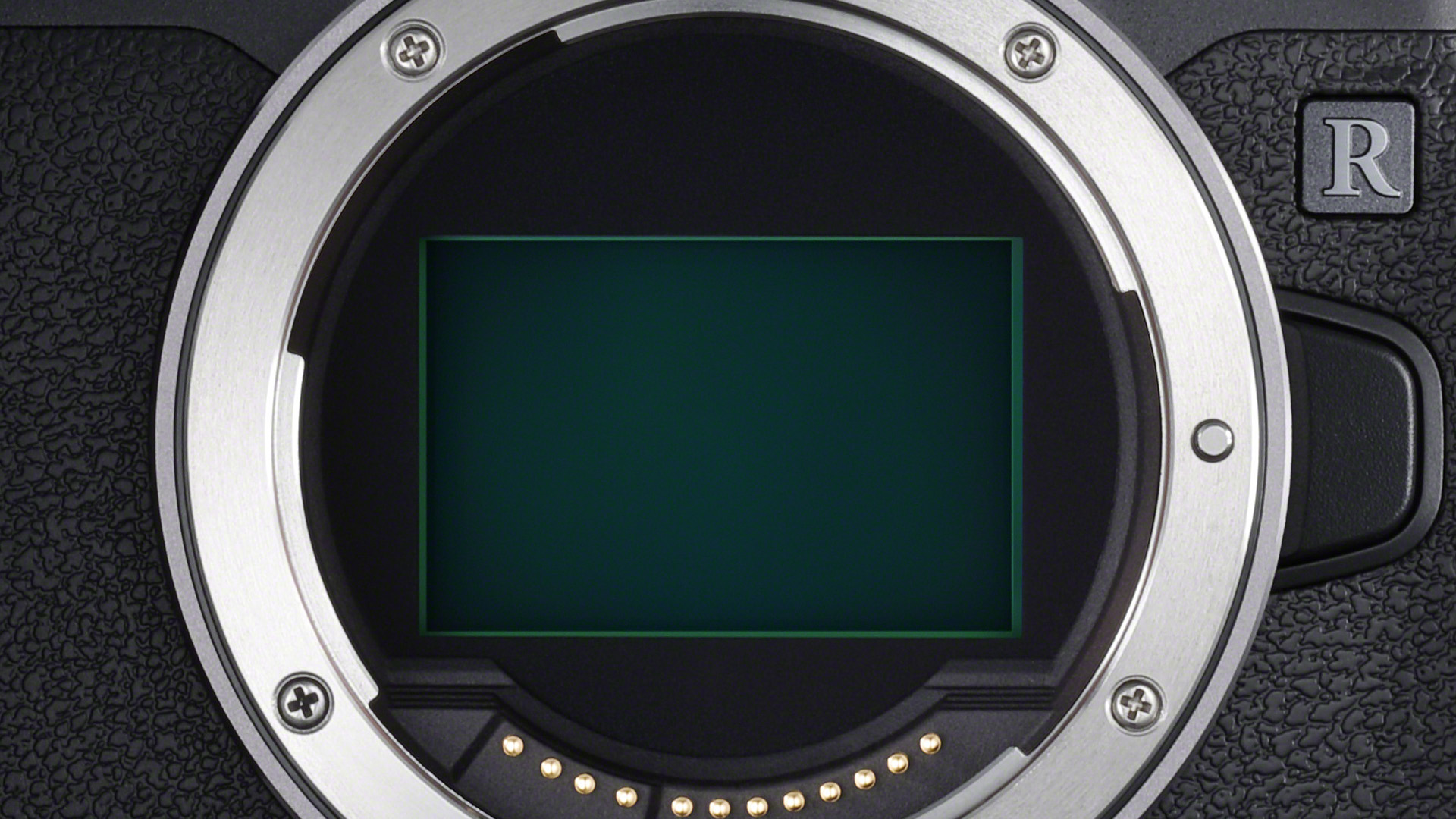
The rumored 21MP resolution would also rule out 8K video capture, seen in the Sony A1, as 16:9 8K footage alone has a resolution of 33-megapixels.
That limitation is why the Canon EOS R1 may have a higher-resolution of around 45MP sensor, like the Canon EOS R5, or 90MP. This would, in theory, bring it closer to the Sony A1, with the potential for 8K video. And the Sony offers 30fps capture at a higher resolution. But would this be possible, in 2021, with a global shutter? That’s the part we are not so sure about.
Buffer: what will be the Canon EOS R1's buffer size?
There’s a good argument that the Canon EOS R1 should not seek to compete directly with the Sony A1. Why? For that we just need to look at what its buffer might offer.
This determines how long you can shoot in burst mode before the camera stops, or at least slows, as it flushes out the buffer. The Sony A1 can shoot 238 raws or just 82 uncompressed raws before this happens. Canon’s 1DX Mark III manages 1000 raws, or unlimited JPEGs.
You’ll need to use dual CFExpress cards for that kind of shooting, as otherwise your storage media becomes a bottleneck. But this disparity is enough to sell the Canon to plenty of pros.
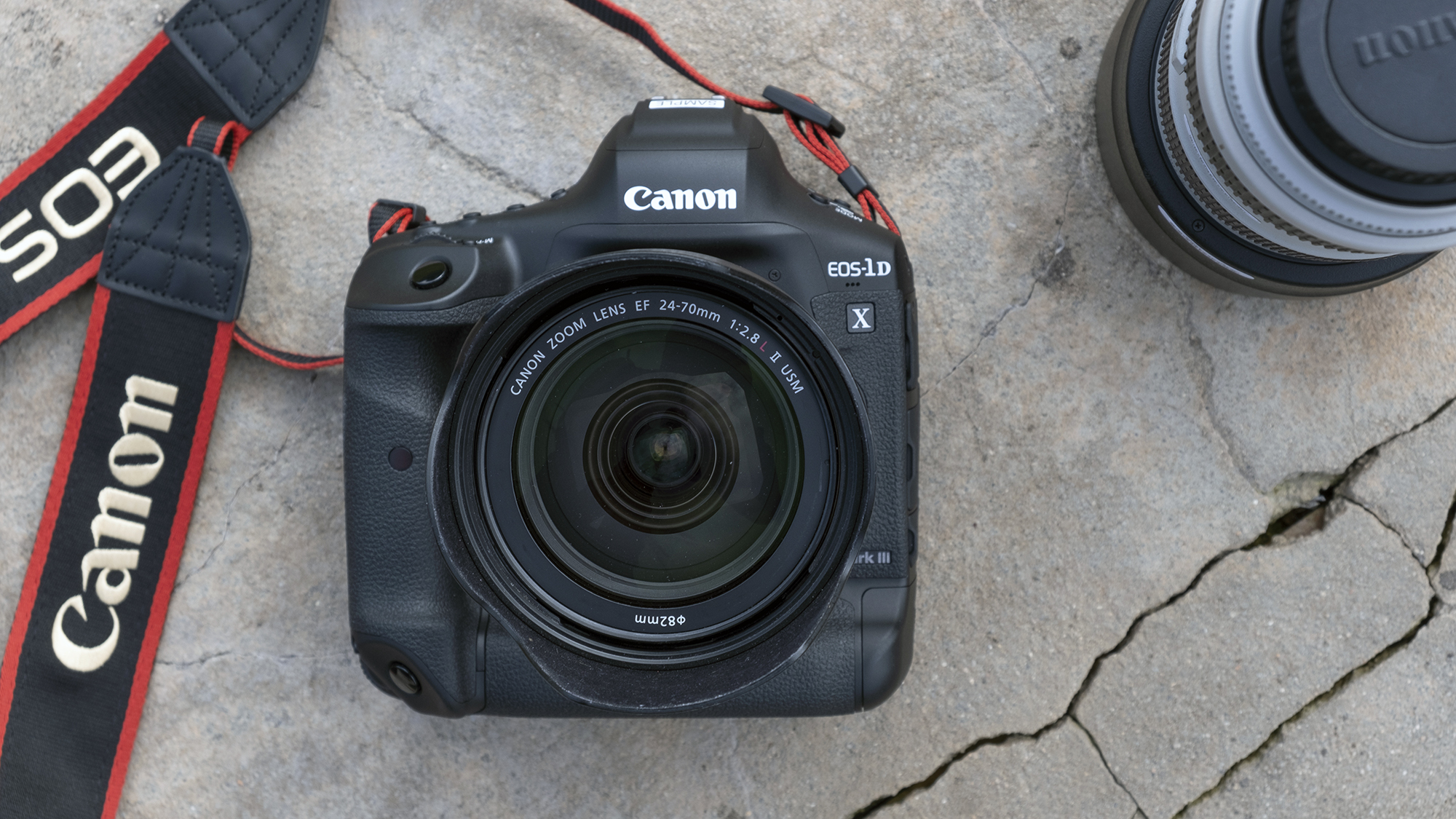
There seems little reason why the Canon EOS R1 could not reach the same level of performance, if it is indeed the mirrorless mirror of the EOS 1DX Mark III (above), in terms of a lower-resolution 20MP sensor and dual CFExpress slots. Well, aside from the little issue mentioned earlier of a global shutter CDS technique putting extra load on that buffer.
Of course, this would only apply to a 20fps burst mode, the speed of the EOS 1DX Mark III. We hope to see significantly higher burst speeds in the Canon EOS R1, and exactly how far Canon can push them is one of the big questions here.
Takeaway
The Canon EOS R1 is now a slightly more distant prospect than we originally thought, given Canon's development announcement of the EOS R3. But the rumors suggest that an R1 will arrive at some point, and the R3 gives us some clues as to the kind of camera it might be.
The Canon EOS R3 will sit in between the Canon EOS R5 (its current mirrorless flagship) and the Canon EOS 1D X Mark III, its pro sports DSLR. This makes it a pro and sports-oriented camera, so we can assume that the EOS R1 will be something entirely different.
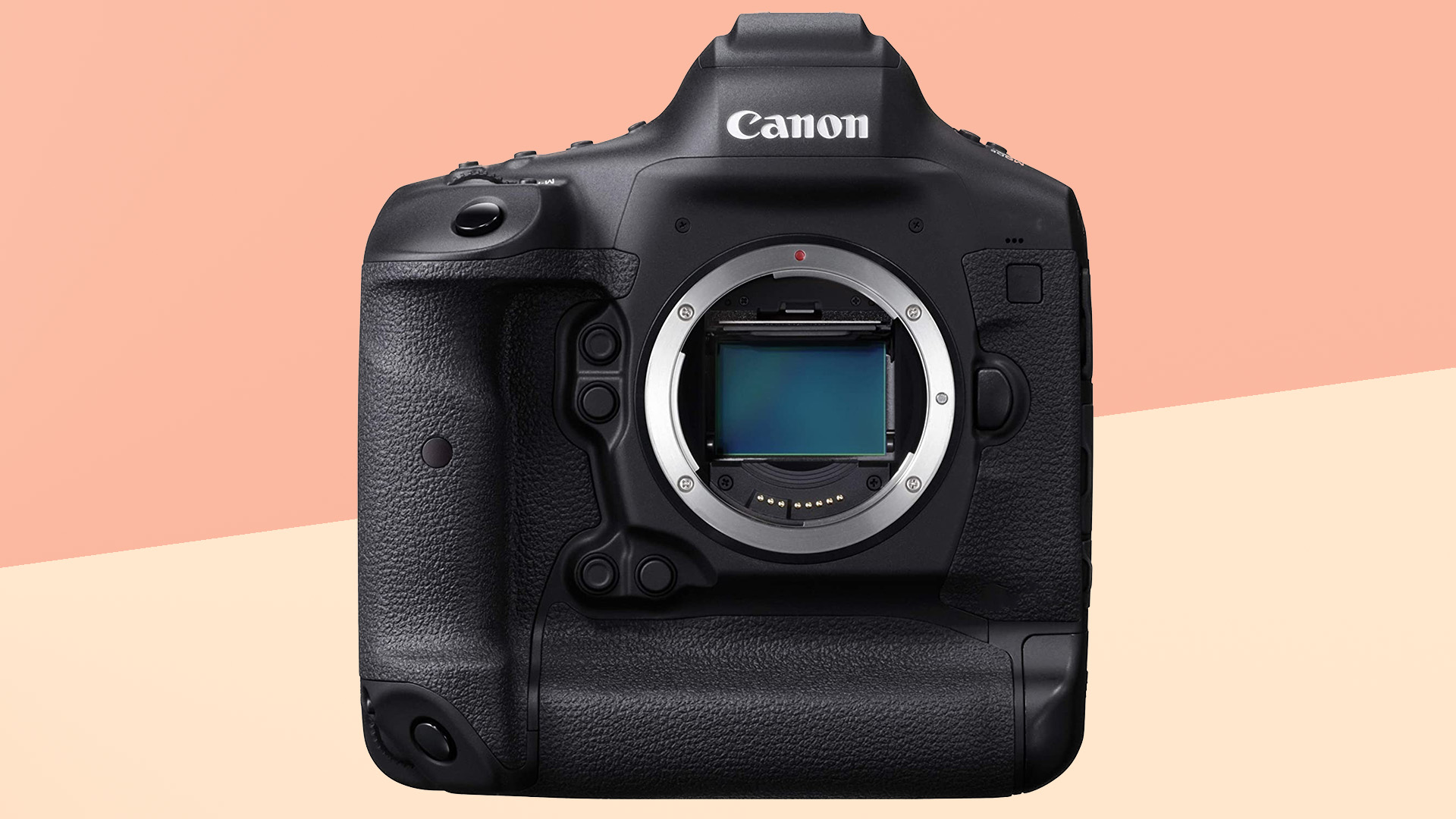
Like the Sony A1, it'll likely still be utterly unfazed by fast movement, but also be all-but immune to rolling shutter distortion, despite using a fully electronic shutter, because it'll have a global one. This will also likely support high-quality 8K video performance, which is rumored to be bolstered by Quad Pixel AF system.
In this sense, then, the Canon EOS R1 could be a true flagship all-rounder that showcases all of Canon's cutting-edge mirrorless tech in one body, much like the Sony A1. The only downside is that it appears we'll have to wait a while to see it in action.
- These are the best Canon cameras you can buy right now
from TechRadar: Photography & video capture news https://ift.tt/3c1duqk
via IFTTT






0 kommenttia:
Lähetä kommentti